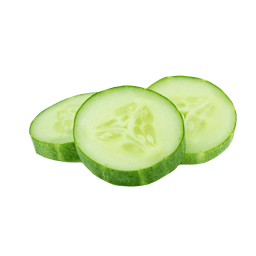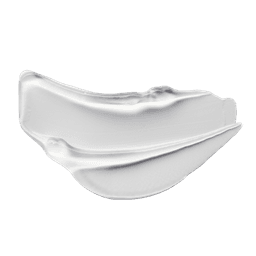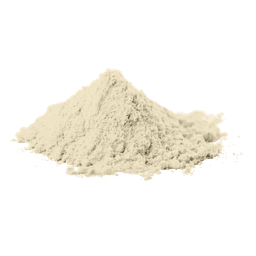Diglucosyl Gallic Acid
A potent antioxidant that helps protect against free radical, UVB, and inflammation triggered pigmentation
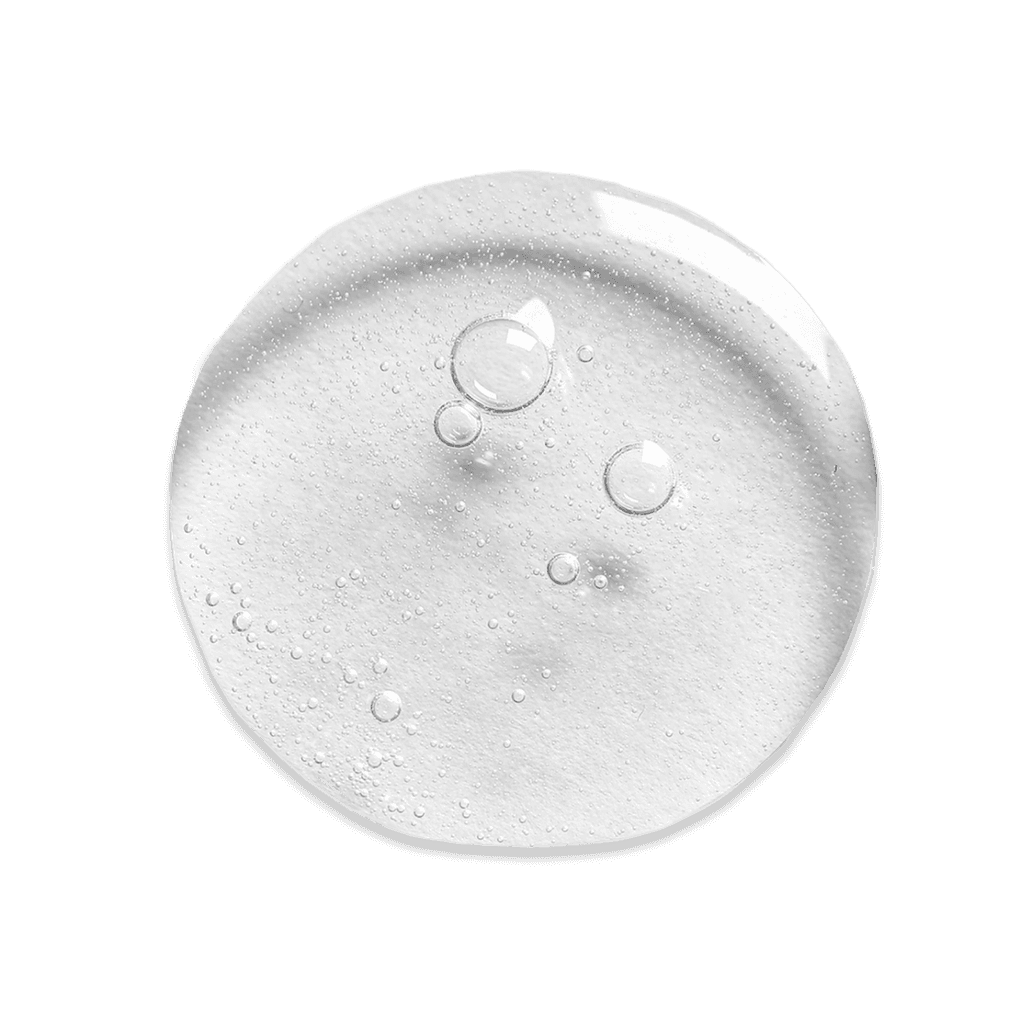
INGREDIENT PROFILE
INCI
Diglucosyl Gallic Acid
What it Is
A biotechnologically created molecule, 3,5-(Di-D-Glucopyranosyl)Gallic Acid
What it does
decrease melanin production
Targets
free radical generation Inhibitor of tyrosinase generation Melanin transfer Inflammation Significantly reduce UVB-induced hyperpigmentation
Find it in
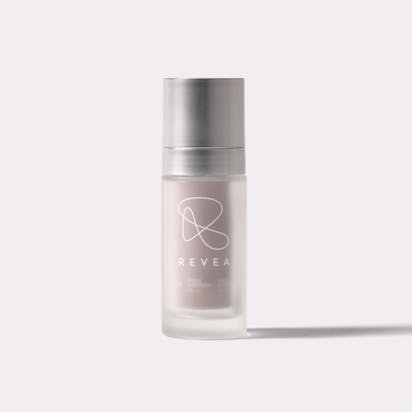 Even element EE1-01
Even element EE1-01Overview
The biologically active form of gallic acid, Diglucosyl Gallic Acid is linked with glucose molecules. Upon application, it is activated by the skin's natural microflora, transforming into trihydroxy benzoic acid, a potent antioxidant. This transformation amplifies its efficacy in combating oxidative stress and improving skin tone. Diglucosyl Gallic Acid is particularly noted for its ability to target and diminish hyperpigmentation by inhibiting the melanin production pathway. Its antioxidant properties also contribute to protecting the skin from environmental stressors.
Skin benefits
Aids in skin brightening Reduces free radical generation Has anti-inflammatory properties Reduces hyperpigmentation
What research has shown
Depigmenting Effects of Gallic Acid: In vitro and in vivo studies have shown gallic acid to be a potent skin lightening agent, offering a new treatment approach for hyperpigmentary skin diseases. The research suggests gallic acid can serve as an effective depigmenting agent, potentially benefiting conditions like melasma or post-inflammatory hyperpigmentation. Inhibition of Melanogenesis: Gallic acid has been found to inhibit melanogenesis through possible involvement of the PI3K/Akt, MEK/ERK, and Wnt/β-catenin signaling pathways in melanoma cells. This action indicates its capability to reduce melanin production, thereby addressing hyperpigmentation at a cellular level. Antimelanogenic and Antioxidant Properties: Gallic acid also exhibits antimelanogenic properties, further supporting its use in treating hyperpigmentation. Its antioxidant activity contributes to skin health, possibly enhancing its depigmenting effects. Mechanisms of Action: The efficacy of gallic acid against hyperpigmentation may be attributed to its ability to regulate various signaling pathways involved in melanogenesis, including downregulation of PKA/CREB/MITF pathways, which are crucial for melanin production.
Peer reviewed science
- Biofactors (2013)
- International journal of molecular sciences (2013)
- Biological and Pharmaceutical Bulletin (2007)

